Introduction
This repair guide was authored by the iFixit staff and hasn’t been endorsed by Google. Learn more about our repair guides here.
Follow this guide to replace the battery in your Pixel 3a XL.
If your battery is swollen, take appropriate precautions. For your safety, discharge your battery below 25% before disassembling your phone. This reduces the risk of a dangerous thermal event if the battery is accidentally damaged during the repair.
The Pixel 3a XL’s display panel is fragile. If you plan to reuse your screen after this repair, be sure to pay special attention to the warnings in the opening procedure.
Tools
Parts
-
-
For reference, the backside of the screen is shown in this step.
-
Note the narrow clearance between the edge of the screen and the OLED panel under the glass. If you plan to re-use your screen, be sure to follow the instructions below closely.
-
Also note the two different seams between the body of the phone and the screen:
-
The screen seam: where the screen meets the rest of the phone. This is where the screen will separate, and where you should pry.
-
The midframe seam: where the midframe meets the body of the phone. This part is held down by screws. Do not pry at this seam.
-
-
-
If you aren't careful, the plastic opening tool can damage the fragile OLED display panel underneath the glass.
-
If you want to re-use your phone's screen, make sure you insert your pick at a downward angle, as shown in the second photo of this step.
-
This will ensure the opening pick slides under the OLED panel rather than between the glass and the panel, which will ruin the screen.
-
-
-
Pull up on the suction cup with a strong, steady force to create a gap between the screen and the phone.
-
Insert your opening pick into the gap.
-
Stop if you feel the tip of the pick hitting against something. The pick may be pressing against the edge of the OLED panel. Angle the pick downward and try again.
-
-
-
Once the pick is inserted, slide it up and down along the right edge of the phone to cut though the adhesive holding the screen in place.
-
-
-
Carefully slide your opening pick around the upper-right-hand corner of the screen.
-
If you plan to reuse your screen, take special care in this step to either keep your pick deep in the phone under the OLED display (as shown in this step's photos), or only insert it 5 mm into the device to avoid coming into contact with the display under the glass.
-
-
-
Slide your opening pick along the bottom edge of the phone to separate the last of the adhesive holding the screen in place.
-
If you plan to reuse your screen, take special care in this step to either keep your pick deep in the phone under the OLED display (as shown in this step's photos), or only insert it 5 mm into the device to avoid coming into contact with the display under the glass.
-
Don't try to remove the screen yet! It is still connected to the phone by a display cable.
-
-
-
Lift the screen by its top edge (where the front-facing camera is) and carefully flip it 180° so that the screen is resting face-down on the phone.
-
-
-
Remove the display cable bracket.
-
Pry up on the cable connector with the pointy end of a spudger to disconnect the screen from the phone.
-
-
-
Remove the screen from the phone.
-
Compare your new replacement part to the original part. You may need to transfer remaining components such as the speaker grille and the camera bracket to the new part.
-
-
-
Use tweezers or an opening tool to remove all traces of adhesive from the phone frame. You can use high concentration isopropyl alcohol to help with the cleaning.
-
If you plan to re-use the screen, be sure to remove all adhesive residue from the screen. Be careful with metal tools to avoid scratching the screen.
-
Apply pre-cut adhesive or double-sided tape (such as Tesa tape) to re-attach the screen to the frame.
-
-
-
Insert an opening pick into the seam along the bottom of the phone.
-
Slide the pick along the seam to release the clips holding the midframe to the rest of the phone.
-
-
-
Slide the opening pick along the left and right edges of the phone to release the midframe clips there.
-
Lift up the bottom edge of the midframe but don’t completely remove it yet. The midframe is still connected to the phone by a fragile cable.
-
-
-
This takes a bit of patience and finesse. Once you have the connector aligned, you can also use a finger to gently press the connector onto the socket.
-
-
-
Use the pointy end of a spudger to lift up and disconnect the lower half of the thick board interconnect cable that runs over the battery.
-
-
-
On the other end of the battery, pry up and disconnect the other side of the interconnect cable, as well as the two squeeze sensor cables on either side of it.
-
-
-
In the following steps, you'll pull out the two adhesive tabs underneath the battery. This special stretch-release adhesive loses its tack when stretched, allowing you to lift out the battery with ease.
-
Don't press down on the battery. Hold the phone firmly by its sides.
-
Keep the strips flat and unwrinkled as you pull.
-
Pull very slowly, giving the strip time to stretch and separate. It takes around 15-30 seconds of stretching to remove each strip.
-
Pull at a low angle so the strip doesn't snag along the bottom edge of the battery.
-
-
-
Use tweezers to carefully pull out the right adhesive strip's pull-tab from the bottom right corner of the battery.
-
-
-
Grab the right adhesive tab and slowly pull it away from the battery, toward the bottom of the phone.
-
Pull steadily, maintaining constant tension on the strip until it slips out from between the battery and the rear case.
-
-
-
Repeat the previous two steps for the left adhesive strip with the pull tab at the upper-left edge of the battery.
-
Prepare an iOpener or use a hair dryer to heat the rear case directly behind the battery. Once the case is just barely too hot to touch, use an opening pick or a spudger to carefully pry the battery out of the phone. Do not apply the iOpener or any other form of heat directly to the battery.
-
Apply some high-concentration isopropyl alcohol or adhesive remover along one edge of the battery and then tilt the phone so the liquid will run underneath the battery and weaken the adhesive. Wait a few minutes, then use an opening pick or a spudger to carefully pry the battery out of the phone.
-
-
-
Lift up one edge of the battery with an opening pick and lift the battery out of the phone.
-
Remove any battery adhesive remaining on the phone.
-
Install replacement stretch-release adhesive or double-sided tape such as Tesa tape in the phone's battery cavity where the original adhesive was applied.
-
Gently set the battery in place. Temporarily connect the battery's connector to the motherboard to ensure that the battery is properly positioned.
-
Press the battery firmly in place with your fingers.
-
Disconnect the battery from the motherboard and resume re-assembly.
-
To reassemble your device, follow these instructions in reverse order.
For optimal performance, calibrate your newly-installed battery: Charge it to 100% and keep charging it for at least 2 more hours. Then use your device until it shuts off due to low battery. Finally, charge it uninterrupted to 100%.
Take your e-waste to an R2 or e-Stewards certified recycler.
Repair didn’t go as planned? Check out our Google Pixel 3a XL Answers community for troubleshooting help.
3 comments
Hi and thanks for these instructions. They worked great.
The bit required to get the screws out is Torx T4. not T3. T3 did it okay, until a wee bit more torque was required. Then, the screw sheared off bits of my new screwdriver and I was left flummoxed for a moment.
Could you please update that? Cheers! Al.
Honorable Albert Einstein,
Great callout! Due to variances in tolerances, sometimes a T3 Torx bit isn't the best fit in T3 Torx screws. Like you pointed out, sometimes a T4 bit will fit better—sounds like this is one of those cases. (It also happens in MacBooks!)
I just added a note in a couple of the steps that use T3s (like this one).
Thanks!
I just want to ditto the warnings when removing the screen, as this was my first phone repair and I ended up breaking the OLED panel by hitting the corner with an opening pick. Really do not insert the pick very far into the phone especially at the bottom of the screen. The bottom left and right corners have very little clearance to the display glass and electronics.
I found it very helpful to print a picture of the midframe and set the screws on that picture to remember where they go.
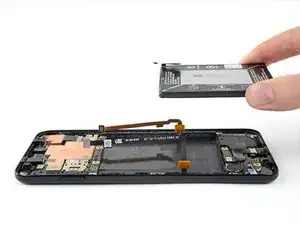
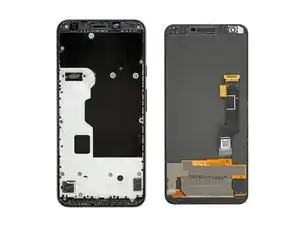

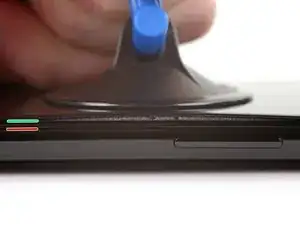
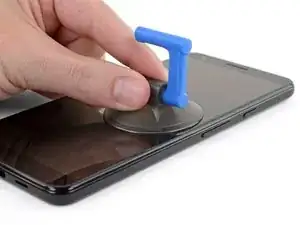
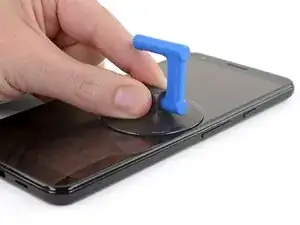
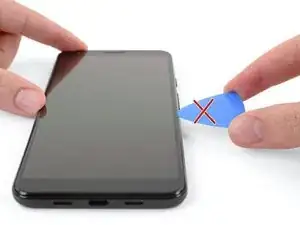


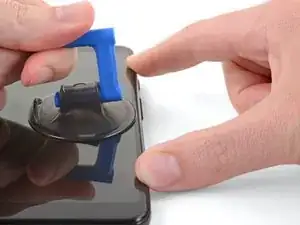

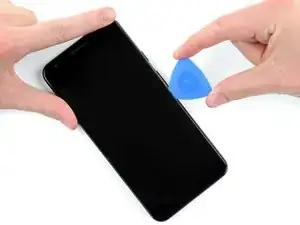

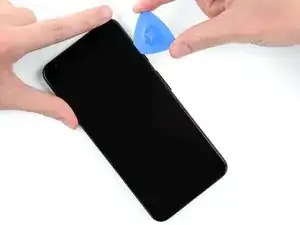

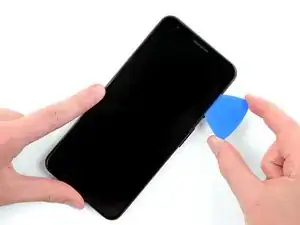
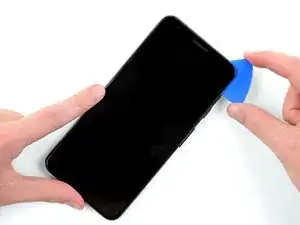


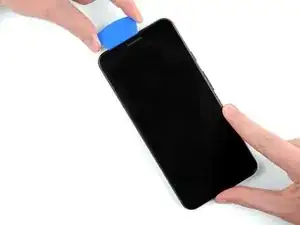

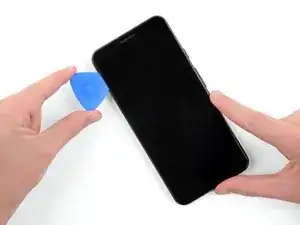
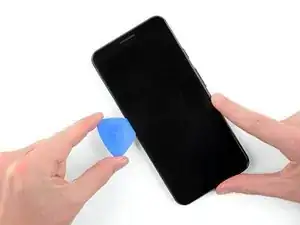

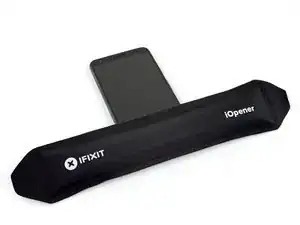

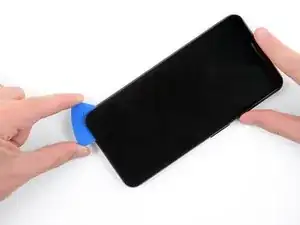
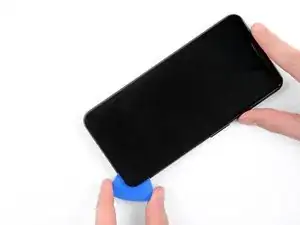
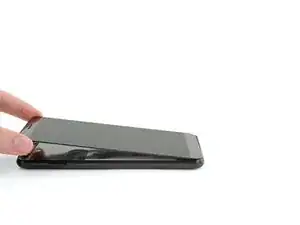
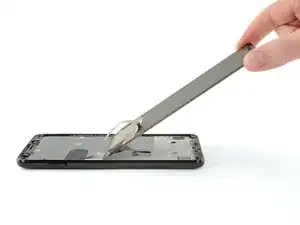

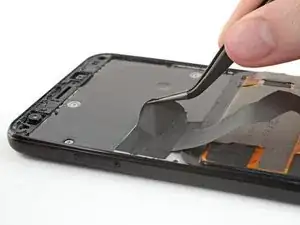

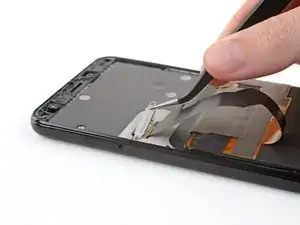
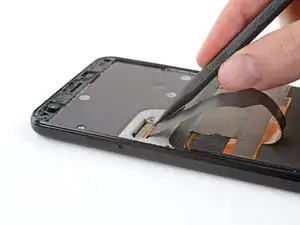
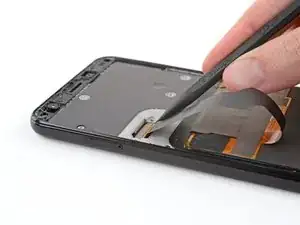
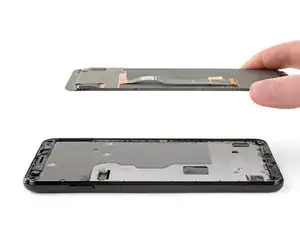
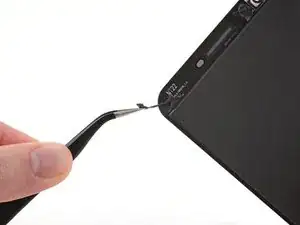
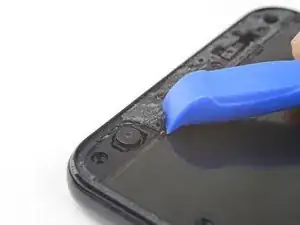
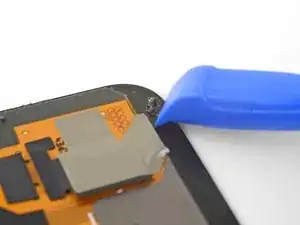
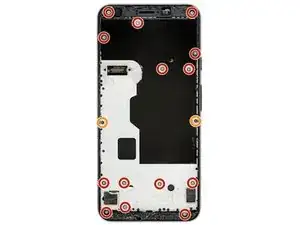
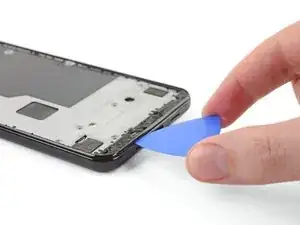
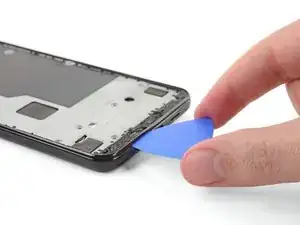
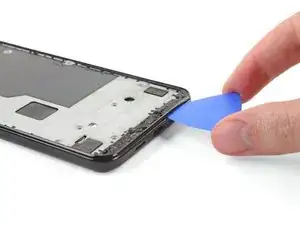
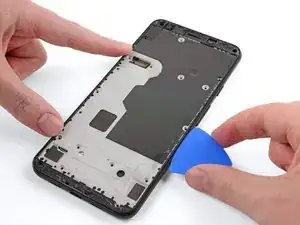
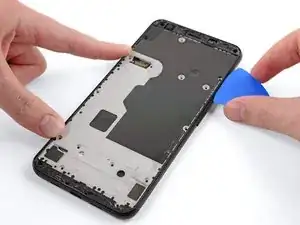
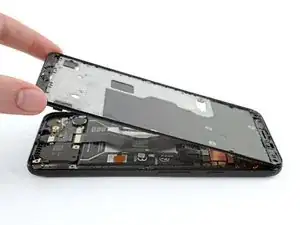

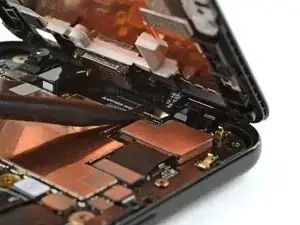

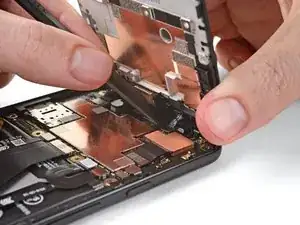

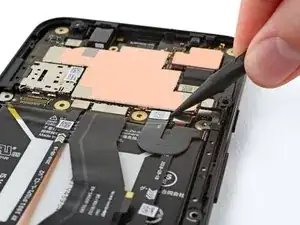
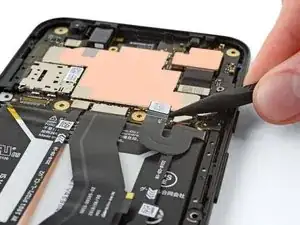
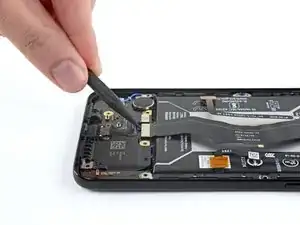



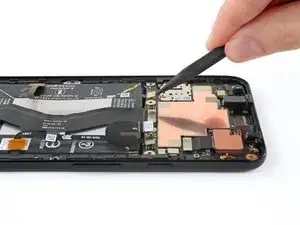

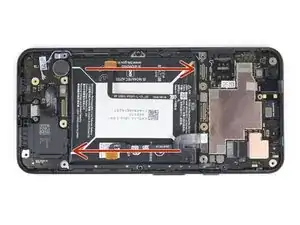

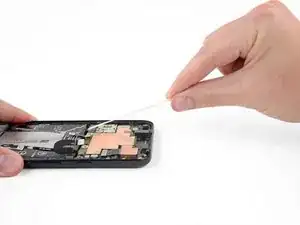

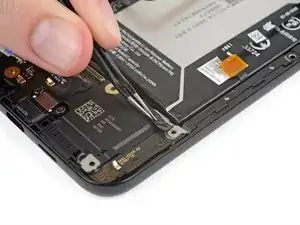
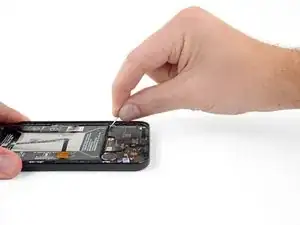
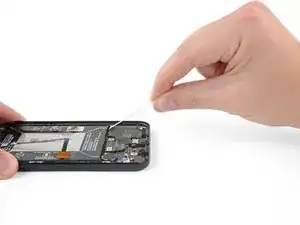
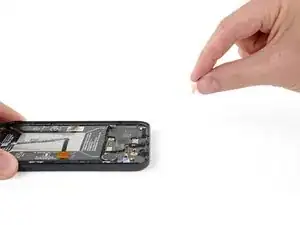

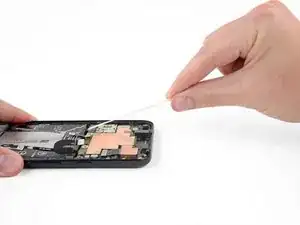

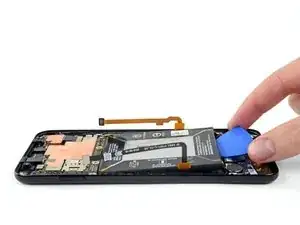
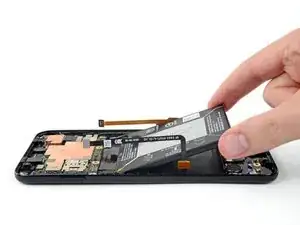
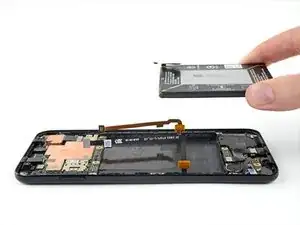

The note about the different seams is very helpful! Thank you for including this!
David -